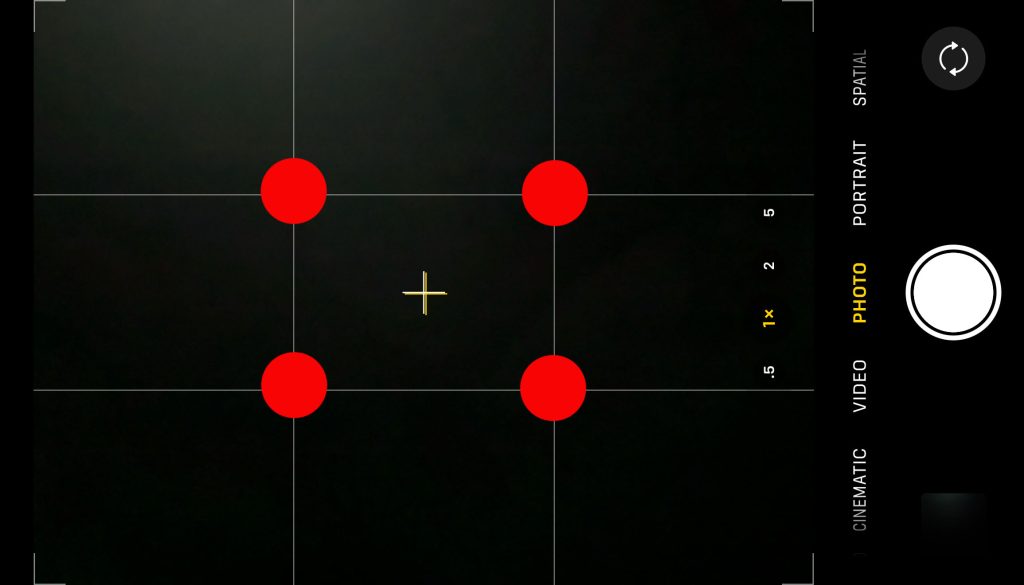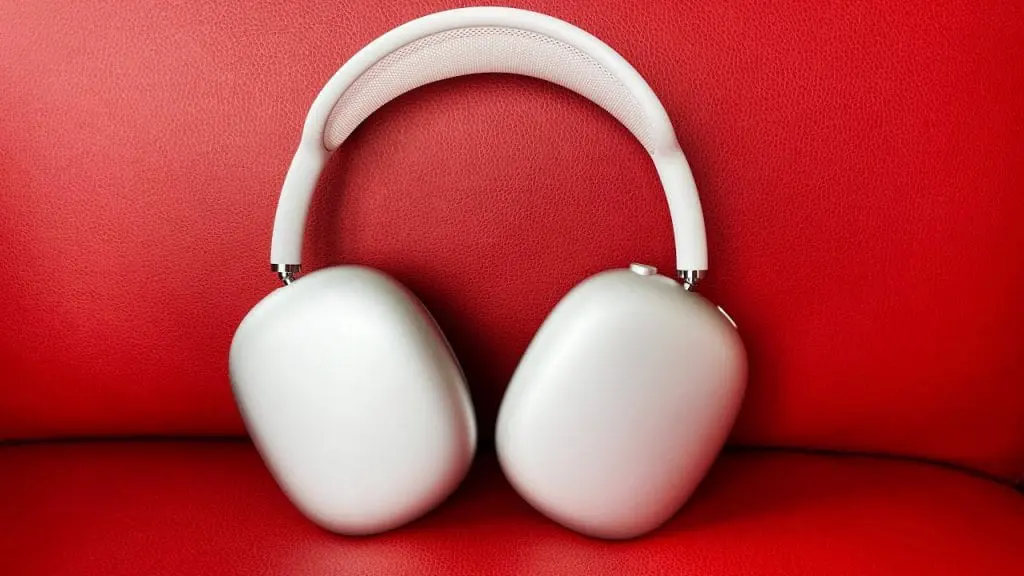The Camera Control feature I anticipated the most was the half-press option to lock focus and exposure—a fundamental aspect of classic photography.
While I’m pleased to see this included in the latest beta, testing it in practical scenarios makes it clear that it’s merely a first iteration of a beta feature.
The Rule of Thirds
In certain situations, you may prefer to have someone positioned at the center of the frame. However, when shooting portraits, it’s often more visually appealing to offset the subject. The “rule of thirds” serves as a helpful guideline for this, suggesting that you place the subject’s face or closest eye at one of the four intersection points created by dividing the frame into thirds vertically and horizontally.

Apple incorporates a grid that aligns with the rule of thirds to assist users with composition.
It’s crucial to remember that like any guideline in photography, the rule of thirds should be treated as a flexible suggestion rather than a strict rule, allowing for personal judgment based on the intended composition.
Historically, cameras would default to locking autofocus (AF) and exposure (AE) on whichever element was centered in the viewfinder. Over time, these features have become more advanced, with face-priority being a common standard in both dedicated cameras and iPhones. Still, having the option to manually select where the focus and exposure lock occurs is advantageous.
Half-Press for Focus and Exposure
Traditionally, a half-press of the shutter button has been the quickest way to lock both focus and exposure, allowing for easy adjustment. This method involves centering the subject in the frame, half-pressing to lock focus and exposure, adjusting the composition as desired, and then fully pressing the shutter to capture the shot.
Now, Apple has introduced this feature on the iPhone 16 via the Camera Control button, which comes with both positive and negative aspects.
The Good and Bad News
The good news is that the feature is functional and operational. The example photos provided demonstrate standard imagery with natural bokeh—not Portrait Mode—achieved by initially centering Leah, locking focus and exposure, and then reframing.
The downside is that the implementation is rather finicky, which undermines the intended ease of use.
There are two main challenges with this feature. First, the single button serves multiple functions:
- Opening the camera application
- Capturing a photo
- Recording a video
- Accessing the camera settings menu
- Swiping left and right to select menu options
- Lightly pressing to confirm a menu selection
- Swiping left and right to adjust settings
- Lightly pressing to confirm a setting choice
- Activating Visual Intelligence
The second challenge is that the movement range of the shutter is significantly limited compared to a traditional camera’s shutter button, largely due to the compact nature of an iPhone.
This combination of issues results in a frustrating user experience when attempting to set the AF/AE lock. Accidental photo captures may occur from inadvertently increasing pressure, while decreasing pressure might cause the lock to disengage during reframing.

What Can Apple Do About It?
While the limited movement range in the Camera Control button is unchangeable, Apple can certainly issue firmware updates to enhance its functionality, including adjusting the pressure required for activating features. Additionally, they could revamp the trigger mechanisms for different functions.
Despite the familiarity and intuitiveness of the half-press-to-lock approach, the current sensitivity on the iPhone suggests a need for refinement.
For instance, once focus and exposure are locked, the settings could remain active until a photo is taken or a double-press cancels the lock. A timeout of 4-5 seconds could also serve as an alternative cancellation method.
With such changes, users would no longer have to meticulously maintain the precise pressure. They could completely lift their finger after locking focus and exposure, only needing to fully press the shutter when ready to take the shot.
Wrap Up
This marks the initial rollout of a beta feature, so it’s expected to be somewhat rough around the edges, almost to the point of inconvenience.
Nevertheless, I believe this has the potential to evolve into a fantastic feature. With further consideration and adjustment from Apple, a refined version could transform the experience.
Photos: DMN
: We use income-earning auto affiliate links. More.




